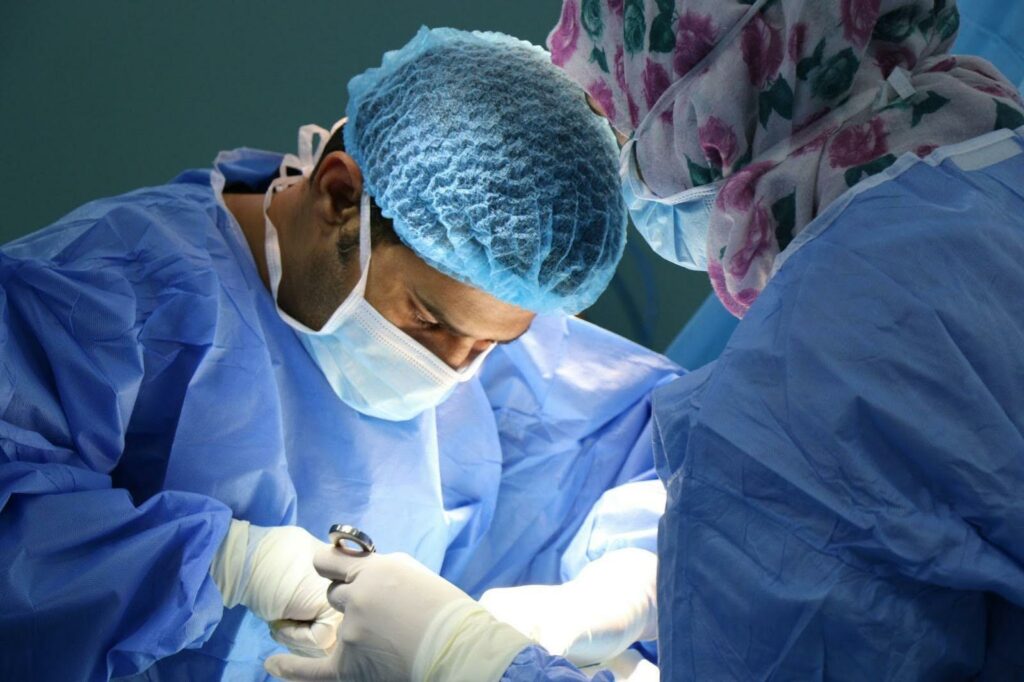In recent years, there have been significant advances in cardiac care. What used to require extensive cuts and a long healing time now requires minimal access, courtesy of changing surgical methods. One such development is keyhole heart surgery, which has been embraced by an increasing number of patients with valve issues or for structural correction. With evolving technology, results are better, recovery time is reduced, and the demand for this less invasive method is increasing.
Avoiding the Burden of Traditional Open Procedures
Although effective, open-heart surgery exerts a lot of strain on the body. Recovery can be in weeks, months, and patients are at a greater risk of developing complications due to infection, bleeding or prolonged stay under anaesthesia. Minimally invasive heart operations, on the other hand, have smaller incisions between the ribs and cause less trauma to the adjacent tissue. The heart is still open to the surgeon, but the overall effects on the rest of the body are significantly reduced.
Imaging and Navigation Technologies Are Reshaping the Operating Room
Surgical operations are currently performed with the aid of sophisticated imaging machines that provide very clear images of heart structures. These systems direct movements with pinpoint accuracy, enabling specialists to work through narrow ports without losing sight or control. 3D mapping, intraoperative camera, and real-time monitoring have made precision a luxury and a norm. Not only are these tools more accurate, but they also cause less unintended injury to surrounding tissue.
Faster Return to Daily Life
Among the most common reasons patients resort to keyhole approaches is the need to get well soon. Smaller incisions cause less pain, leading to early mobilisation and reduced hospitalisation. Most of them return to their usual way of doing things much earlier than those subjected to traditional procedures. This decreased downtime is a factor for those who have to balance between family life and their work life.
Better Cosmetic Outcomes with Less Scarring
Clinical decisions must not be weighed against cosmetic concerns, although in some cases scarring is a factor. Keyhole techniques result in far fewer minor marks, most commonly concealed under the breastbone or between the ribs. These small portals heal quickly and have no impact on the shape and motion of the chest. The visual outcome adds emotional value, particularly for younger patients or those undergoing valve repair.
Greater Expertise, Safer Outcomes
With the growing number of cardiac centres investing in training and equipment, surgical teams are becoming more confident in using minimally invasive techniques. With surgeons trained in keyhole techniques, complex repairs are now being performed with results as good as, or better than, those of the conventional method. The mortality rates are still decreasing, and the rate of post-operative complications has been on the same trend. What started as a niche practice has become a mainstream service in most specialist institutions.
Reduced Blood Loss and Lower Infection Risk
Keyhole procedures have minimal exposure of internal organs, which helps reduce infection rates. Also, accurate cuts minimise the chances of excessive bleeding. This not only reduces the necessity of transfusion but also accelerates wound healing. Reduced complications will lead to fewer follow-up interventions and less time spent managing side effects after the operation.
A Good Fit for a Wider Range of Patients
Traditional heart operations could only be tolerated by the fittest in the past. Nowadays, elderly people, individuals with chronic conditions, or those who were regarded as high-risk might qualify to receive keyhole surgery. With reduced anaesthetic duration and faster recovery, those who could not previously receive unattainable care can now receive potentially life-changing care.

Suitable for Multiple Cardiac Conditions
Keyhole techniques are no longer confined to minor corrections. Surgeons now use them to repair mitral and aortic valves, close congenital disabilities and perform certain bypass grafts. Certain arrhythmia interventions can also be treated in such a manner. With further development of techniques, more heart disorders will probably become accessible to this method.
A Future Built on Precision and Comfort
Minimally invasive surgery is not only a technical improvement but also a transformation in the way that heart care is provided. Patients no longer have to choose between efficacy and comfort. The tools are becoming finer with every passing year, and the results are becoming more predictable. Although not all cases can be included under this approach, more people than ever before are eligible to undergo procedures that can achieve the same success with a gentler approach.

